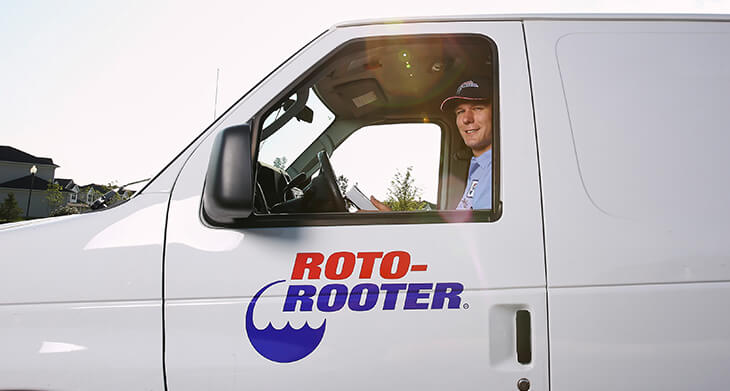APPLICANT QUALIFICATIONS
In the American plumbing trade, there are a few possible routes to becoming a plumber. You can take a job with a leading plumbing company like Roto-Rooter that will give you on-the-job training, or you can attend a trade school. Some Roto-Rooter plumber training programs combine both and allow you a faster path to good pay and career advancement. How? Because we only do plumbing repair and fixture installation, but we don’t do new construction plumbing, on which the plumber union’s training regimen spends a great deal of training time.
The most coveted, yet difficult path to becoming a licensed plumber is the union plumbing apprenticeship program. If you think a career in plumbing is right for you, but you aren’t familiar with how to join the trade, then you may not understand exactly what a union apprenticeship program entails, and what it will provide you with upon completion.
Some might say that the first step to gaining acceptance to an apprenticeship program is applying, but if you want a real chance of being accepted into a union apprenticeship program, the first step would be to receive a high school diploma. On top of that, you must take one or more aptitude tests to see how you compare to other applicants. These apprentice program positions are very coveted, and while there are many applicants, only a very small portion of them are accepted. The aptitude test may be a nightmare for those who have always struggled with testing situations.
If you are fortunate enough to gain acceptance to a union apprentice program, you will receive around 500 hours of classroom learning. In the classroom, you will be taught skills like drafting and blueprint reading. You will also learn some math, physics, and chemistry and you’ll learn how you can use this knowledge when you eventually begin to do actual plumbing work. But, the most important thing you’ll learn is the plumbing code and regulations in your state and municipality, along with general safety training. The goal of union classroom training is to teach a wide variety of skills so apprentices will be ready for any type of plumbing job that may be available to them.
A classroom can never truly simulate how a real job would go, so both union and Roto-Rooter apprenticeship programs include job-site training. Apprentices get practice working under real licensed plumbers on real jobs, where the demands and pressures are identical to what trainees will face when they finish their apprenticeships and training (minus the supervision). Apprentices are paid for their work on job sites, which means they are making money while receiving their training (rather than incurring large amounts of debt like many college students). The difference between union training and Roto-Rooter training is that you’ll earn much more money while training at Roto-Rooter because you’ll be working far sooner.
Upon completion of a union apprentice program, a former apprentice will pass the state plumbing licensing or certification exam, have hundreds of hours of experience, and will have the skills and knowledge to start their career as a journeyman plumber. This route isn’t for everyone, and most applicants are denied, so keep an open mind about other routes to becoming a plumber. Contrast that lengthy experience with Roto-Rooter’s on-the-job training and benefits. You may also choose to attend a trade school to complement the training you’re getting at Roto-Rooter or just to expedite the licensing process. Each route into the trade is a little different, but they all lead to a lucrative and successful career in plumbing.
